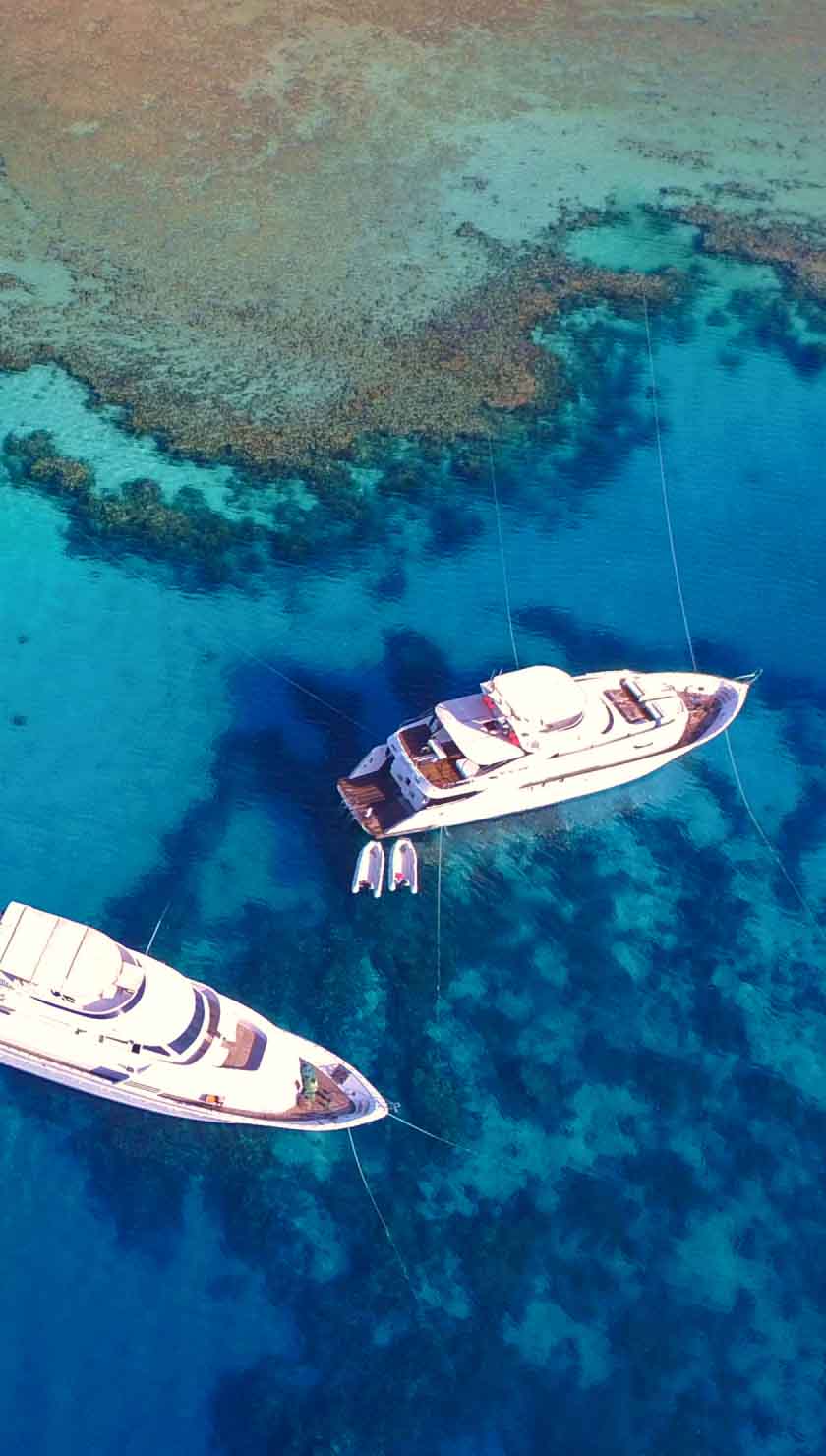Liveaboard Diving in Dalmatian Coast
Whether you're a beginner or an experienced diver, the Dalmatian Coast has something to offer, from vibrant coral reefs to caves and shipwrecks. This beautiful stretch of coastline is home to some of the country's most pristine beaches and turquoise waters. It's also a scuba diver's paradise, with abundant marine life and famous dive sites. The most popular dive sites include the Blue Grotto, Cathedral Cave, and Green Cave. These three sites are teeming with marine life and offer stunning coast views. The average water temperature is around 22°C/72°F, but it can drop to 18°C/64°F in winter. A 5mm wetsuit is recommended for most of the year.
Best Dive Sites on the Dalmatian Coast
Popular dive sites include the Blue Cave, Stiniva Bay, and Hvar Island. The Blue Cave is a large sea cave with a hole in the ceiling that lets in sunlight, making the water inside glow blue. Stiniva Bay is a secluded cove with crystal-clear water and a sandy bottom.
Kornati National Park
The Kornati islands form an archipelago in Croatia. It comprises 140 islands in 114 square miles (300 km2). Kornati National Park was established in 1980, and it includes 89 islands. With its numerous coves and crystal-clear blue waters, it is stunning. The archipelago is named after its largest island – Kornat.
Marine life is abundant, and the underwater topography is also quite varied. Kornati National Park offers varied diving opportunities for divers of all levels, from historic wrecks to walls, caves, tunnels, reefs, and cliffs, all accompanied by small to medium marine life.
Hvar Island
Hvar Island has been home to many different cultures throughout history. The island’s name originates from the Greek Pharos, the lighthouse that stood on this shoreline long ago. Then, the Roman Empire in Dalmatia renamed it Fara. Centuries later, the Croats settled there in the early Middle Ages and changed its spelling around 800 AD. In addition to its beautiful beaches, this island has an incredible cultural heritage as well. Its location on the warm and sunny Dalmatian Coast makes it ideal for swimming or sunbathing all year round. The island is home to the historic town of Hvar and many beaches, restaurants, and cafes. There are many historic sites around the island, including the archaeological site of Vela Spila, one of the most important prehistoric cave dwellings in Europe.
Marine life is abundant around the island, and there are many dive sites for different types of skills and levels of training, from a 19th-century wreck to caves and walls full of sponges and coral. Local marine wildlife includes scorpion fish, moray eels, lobsters, and forkbeards.
Zlarin
Zlarin is an island famous for its red corals, which symbolize love, loyalty, fidelity, and obedience. Coral diving is a local 14th-century tradition passed down through the generations. Near the island, divers will also find the Avala wreck, a ship carrying bags of comment for construction when she sank. The bags are long gone; only their shape remains in cement, providing safe haven for small marine life.
Žirje
Žirje is a small and remote island in the Šibenik archipelago. One famous dive site in Žirje is the wreck of the JU 87R-2, also known as "Stuka." It was a World War II German two-crew dive bomber and ground attack airplane that sank there in 1941. Only two such airplanes are still preserved in museums, one in London and the other in Chicago. This historic airplane sits 28 meters (92 feet) deep, just south of the island of Žirje, making this wreck available to advanced divers.











